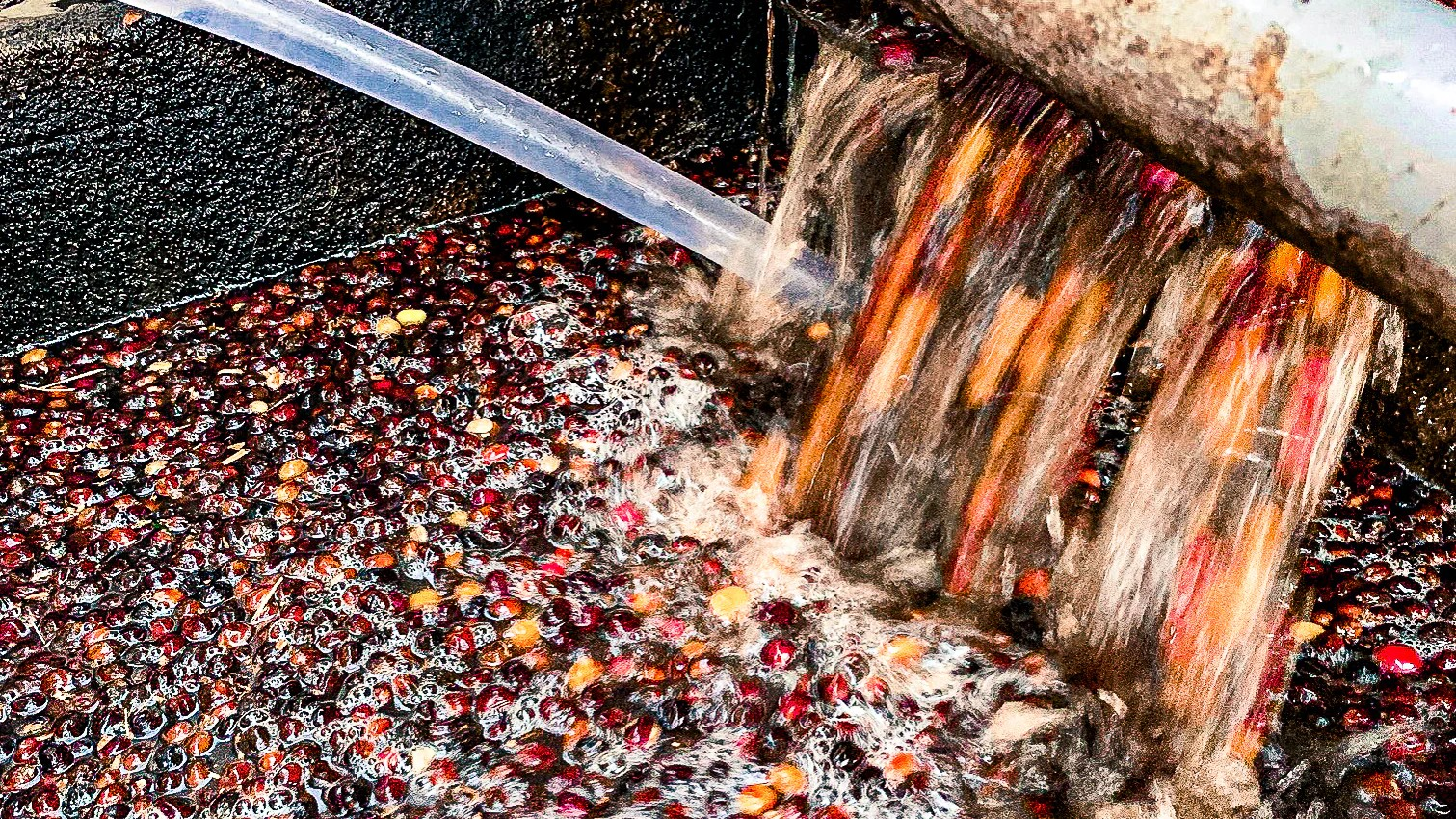
COFFEE PROCESSING OVERVIEW
Title
Title
Title
Title
Title
Title
